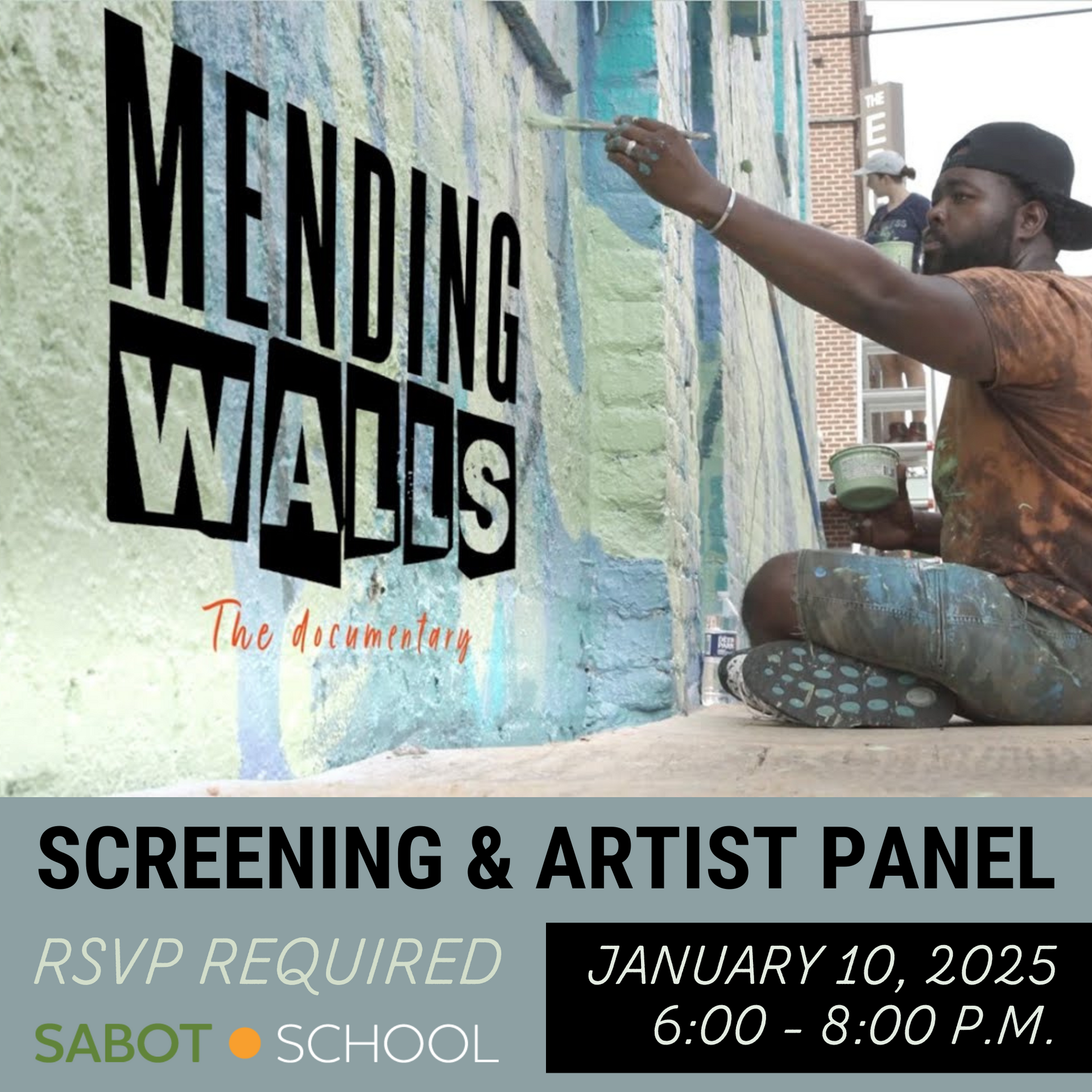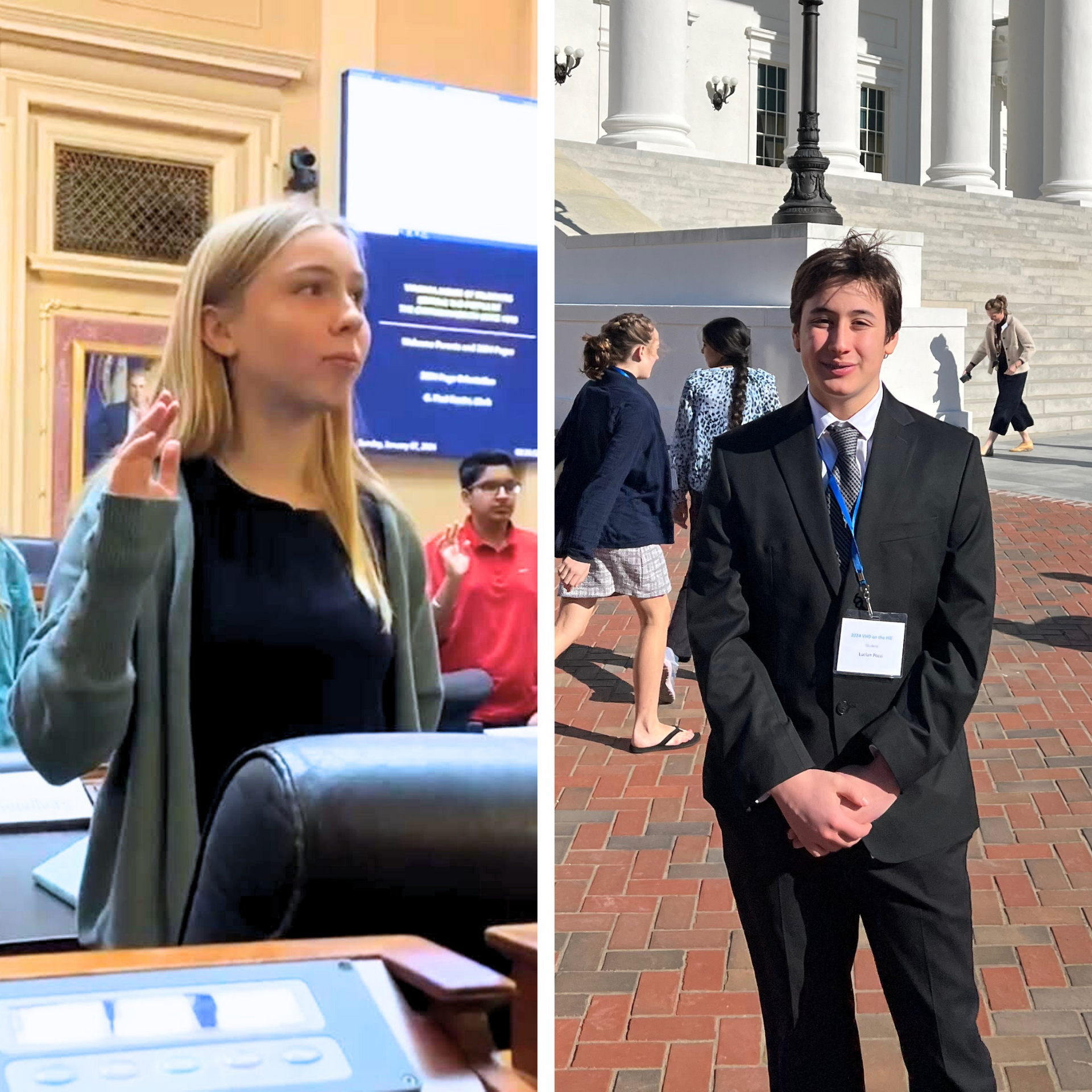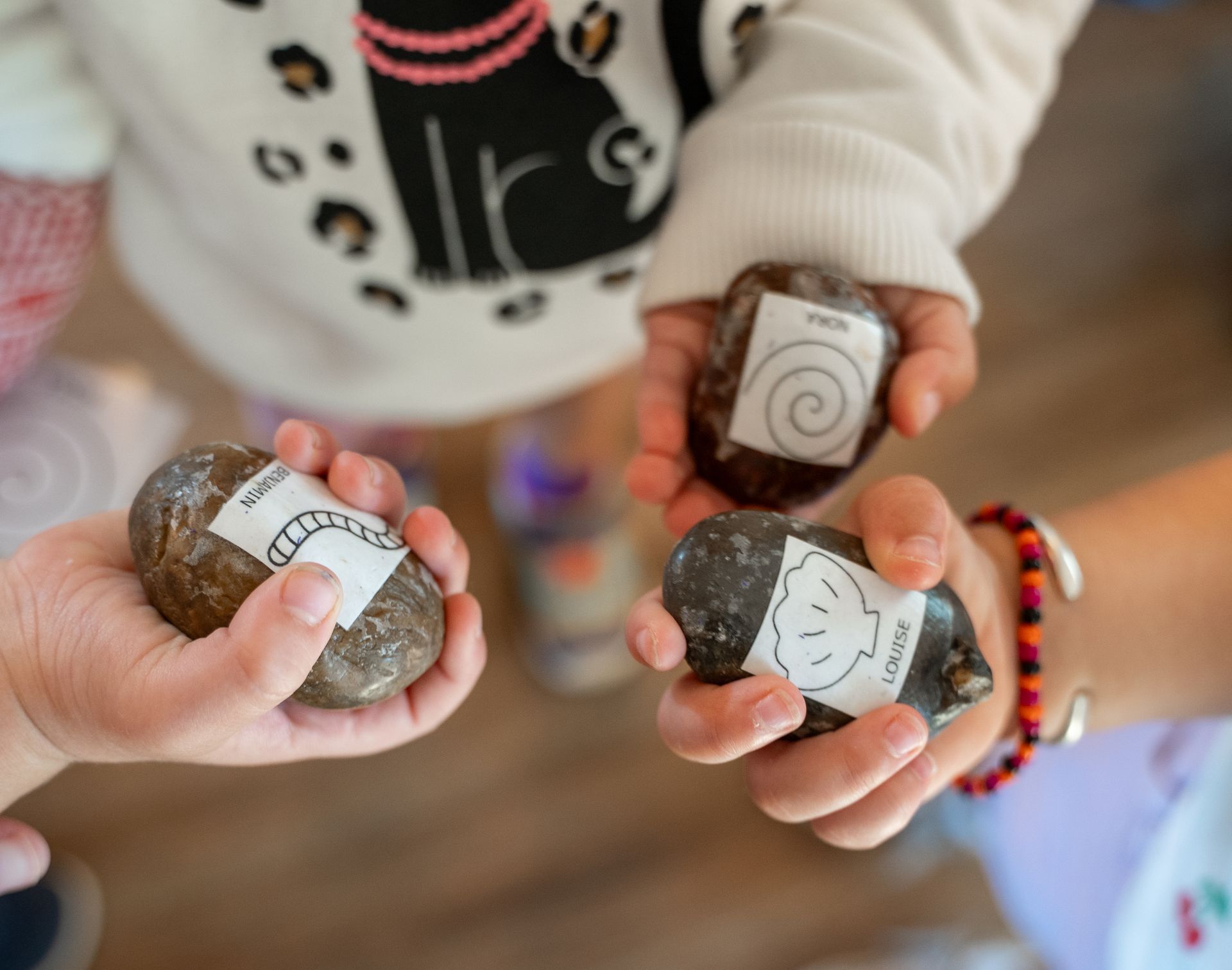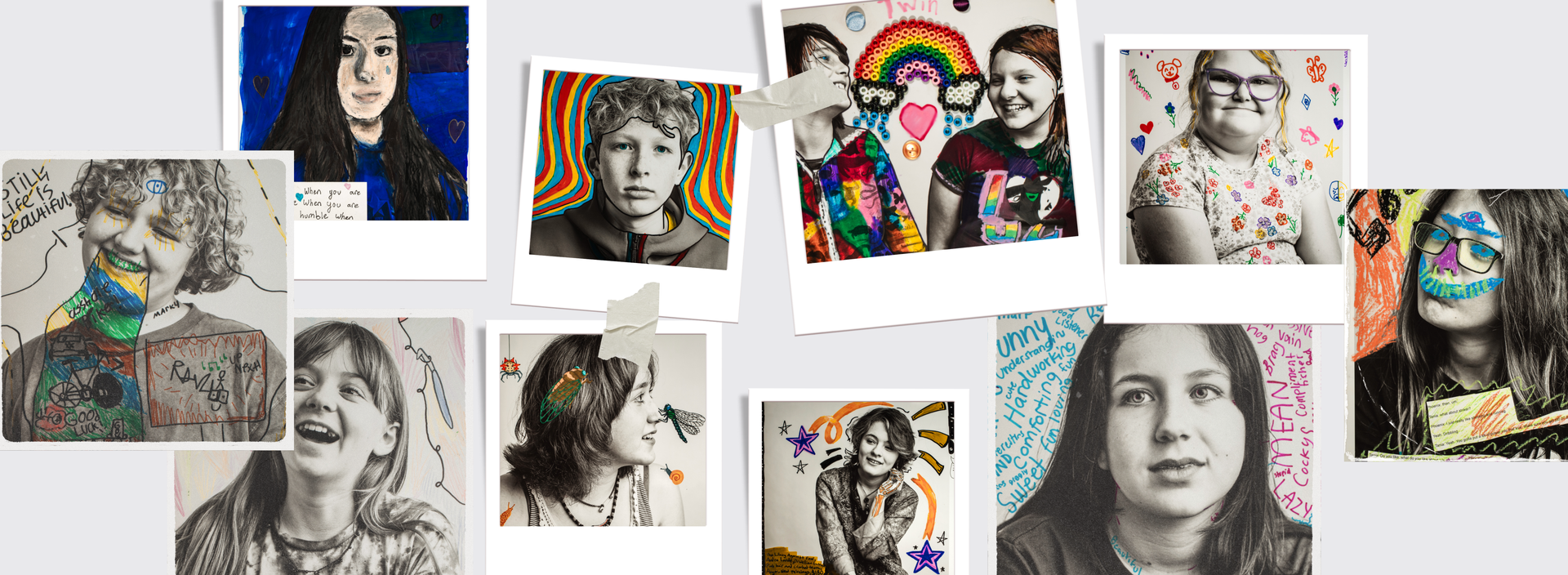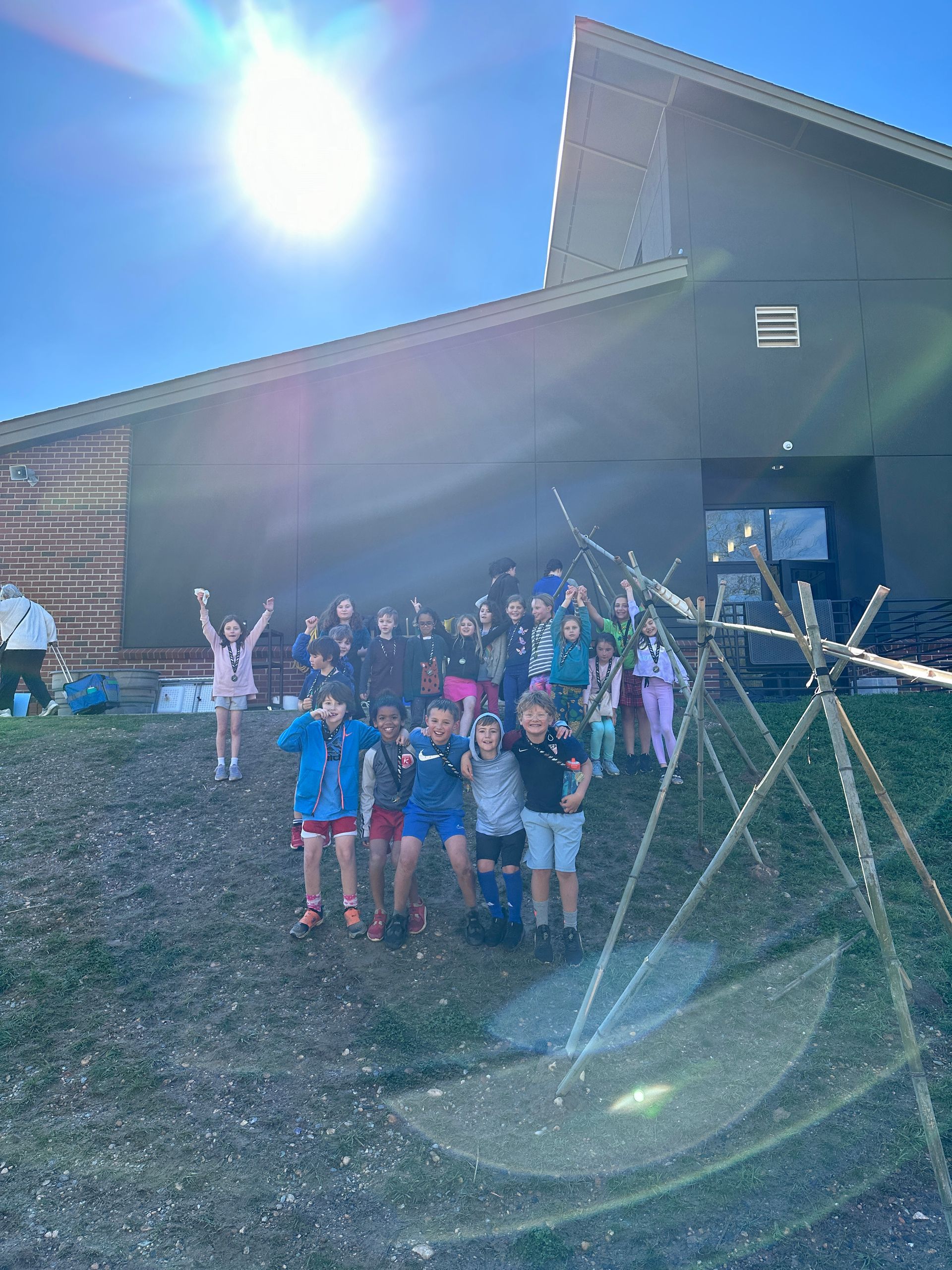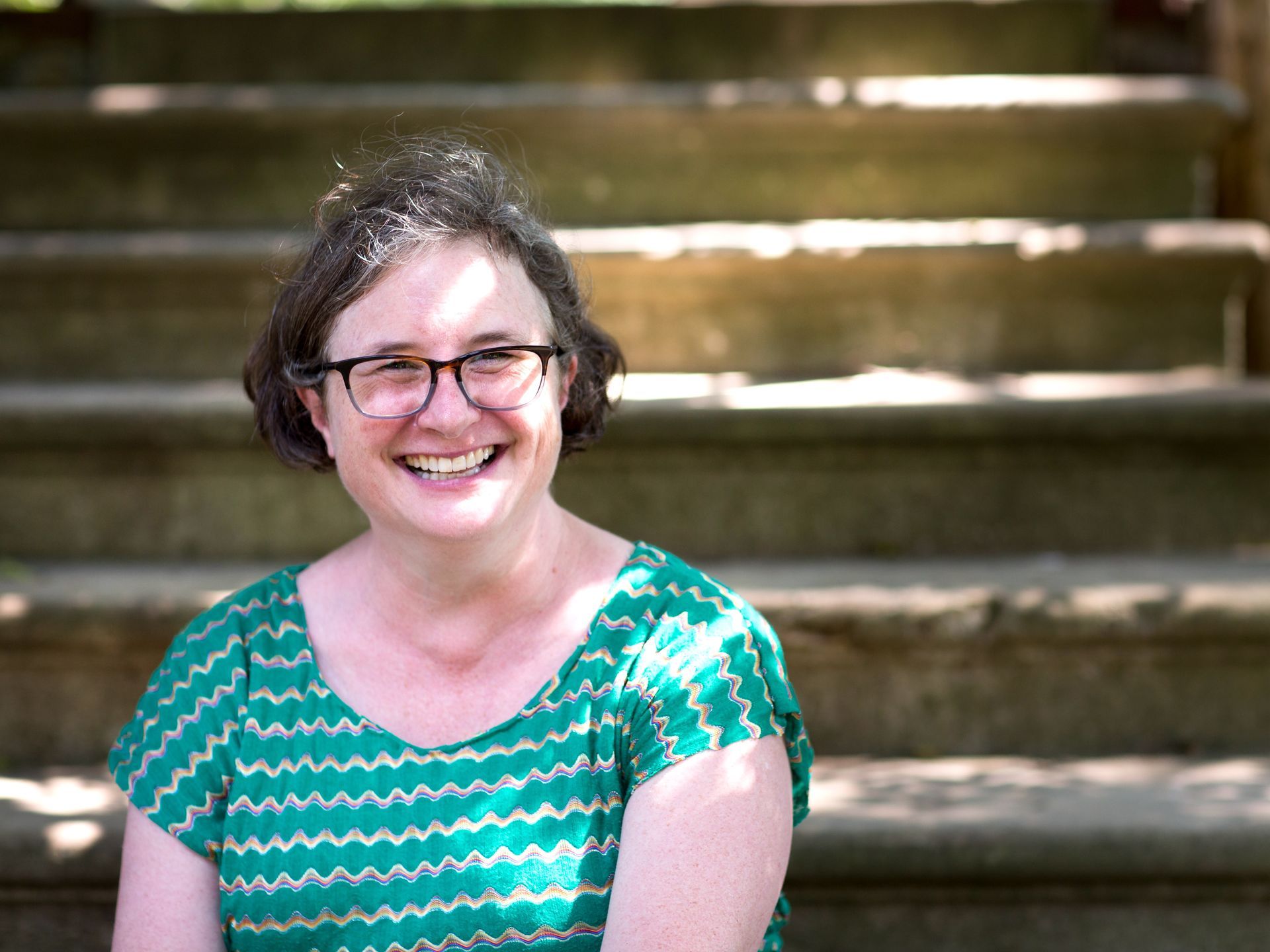The Reggio-Inspired Learning Space
A message for learning groups at Sabot
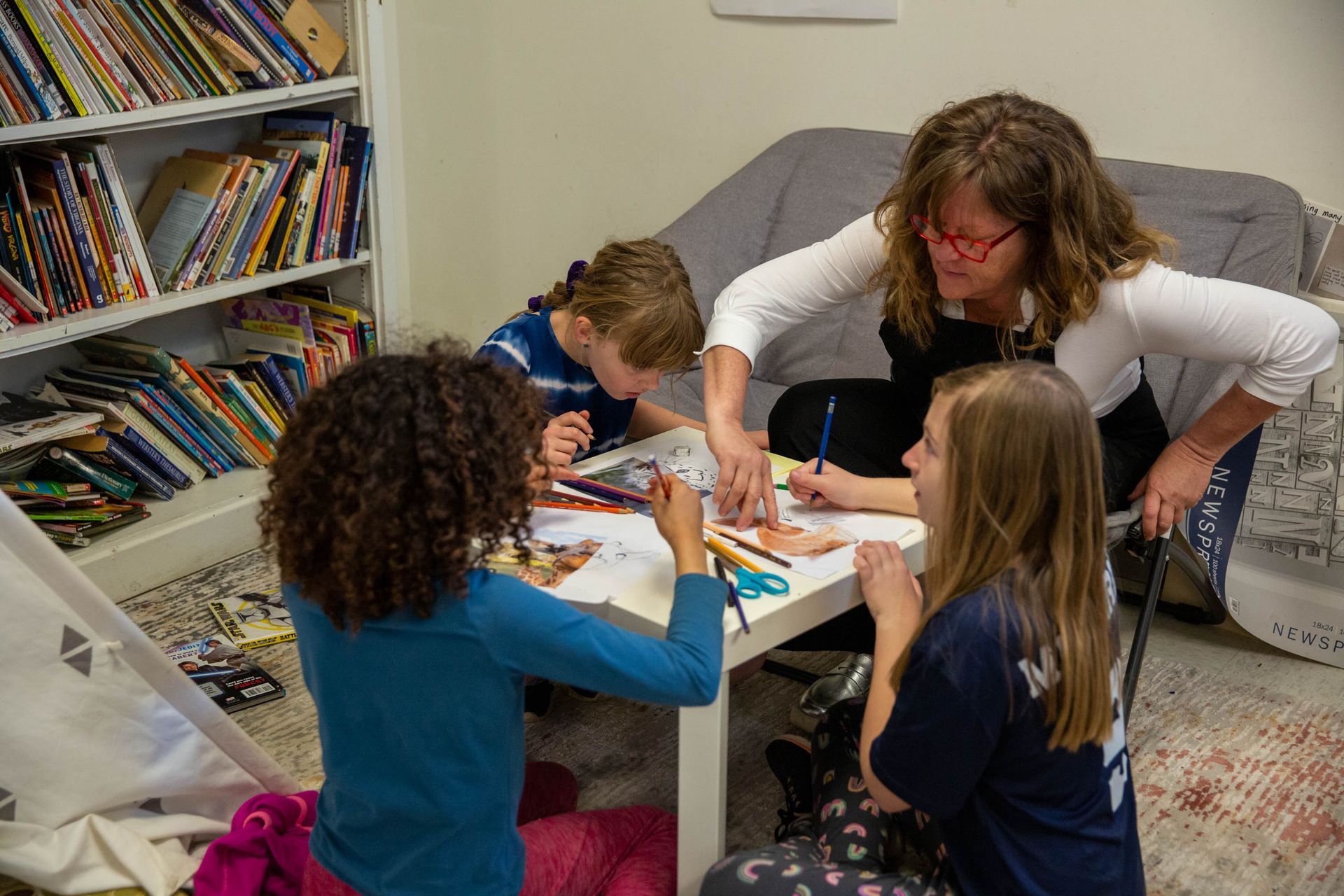
January 11, 2023
As we finalize our move into the new building on campus, we cannot overstate the significance of these classroom spaces. The design is exquisite, everything is clean, brand new, and beautiful. There is a crispness to it all and the smell of fresh paint might as well be the smell of hope, or of Sabot’s next chapter. Our faculty seem pleased; our students seem thrilled. It all feels very, very good.
But it’s important not to let newness outshine essence. And by essence I mean ‘lifeblood,’ ‘center,’ ‘substance,’ ‘heart,’ and—dare I say it?—’soul.’ By which I mean the invisible force inside that building which makes Sabot Sabot. Ours is a school that encourages students to be not only the “best” version of themselves, as the phrase sometimes goes, but the “full” version of themselves. We honor their hundred languages, their hundred expressions, responses, questions, attempts. We honor the hundred inside their hundred. And we honor the place—their classroom space—where they bring that hundred to share.
This is why arranging (and rearranging!) the classroom, particularly in a Reggio environment, takes time, attention, care, creativity, and collaboration. Since we believe that the environment is indeed the third teacher, the learning space cannot be arranged according only to the teacher’s desire nor can it be arranged according only to the student’s wish. It must be thoughtfully designed—neither prescribed nor chaotic, neither minimal nor cluttered—not for the sake of decoration or aesthetic, but for the sake of the spirit of the group and the possibilities therein.
“A Reggio Emilia classroom is designed to inspire relationships,” we read in an article recently shared with our faculty and which we link here. “We imagine children moving across different areas, interacting with each other, experimenting with different textures and tools, moving materials into different settings to explore new properties and characteristics...We also want to imagine students being able to be alone, have some pensive time, and relax,” it goes on.
In a Reggio classroom, there is often a dedicated quiet area, an area for group project work, a central area for gathering as a class, a library, and the ever-important Atelier, or studio space, where children explore, experiment, and express through a variety of mediums. It is home to their “creative thinking experiences,” the place where “connections, communication, and creativity are made visible through their works.
Theirs is a classroom of choice within structure and of freedom within limits. The proper materials in the proper environment are what help the teacher-researcher instruct without didacticism, observe without surveilling, guide without hovering, lead without ego. Above all, the environment respects the needs, languages, and capacities of the child, allowing them opportunities to imagine, concentrate, self-correct, negotiate, experiment, and reflect so that they might experience a satisfaction in learning and a joy of their own making.
We commend the article to you and we invite you to come inside the new building at Sabot to see for yourselves what your generosity has made possible and what we mean by a “Reggio space.” Make no mistake: the building itself is a dream come true, years in the making. But the heart of that building beats for the people inside—the children we serve and the teachers who guide them. It is they who are the very soul of Sabot.
Onward, and with much gratitude,
Allison
SHARE THIS POST
